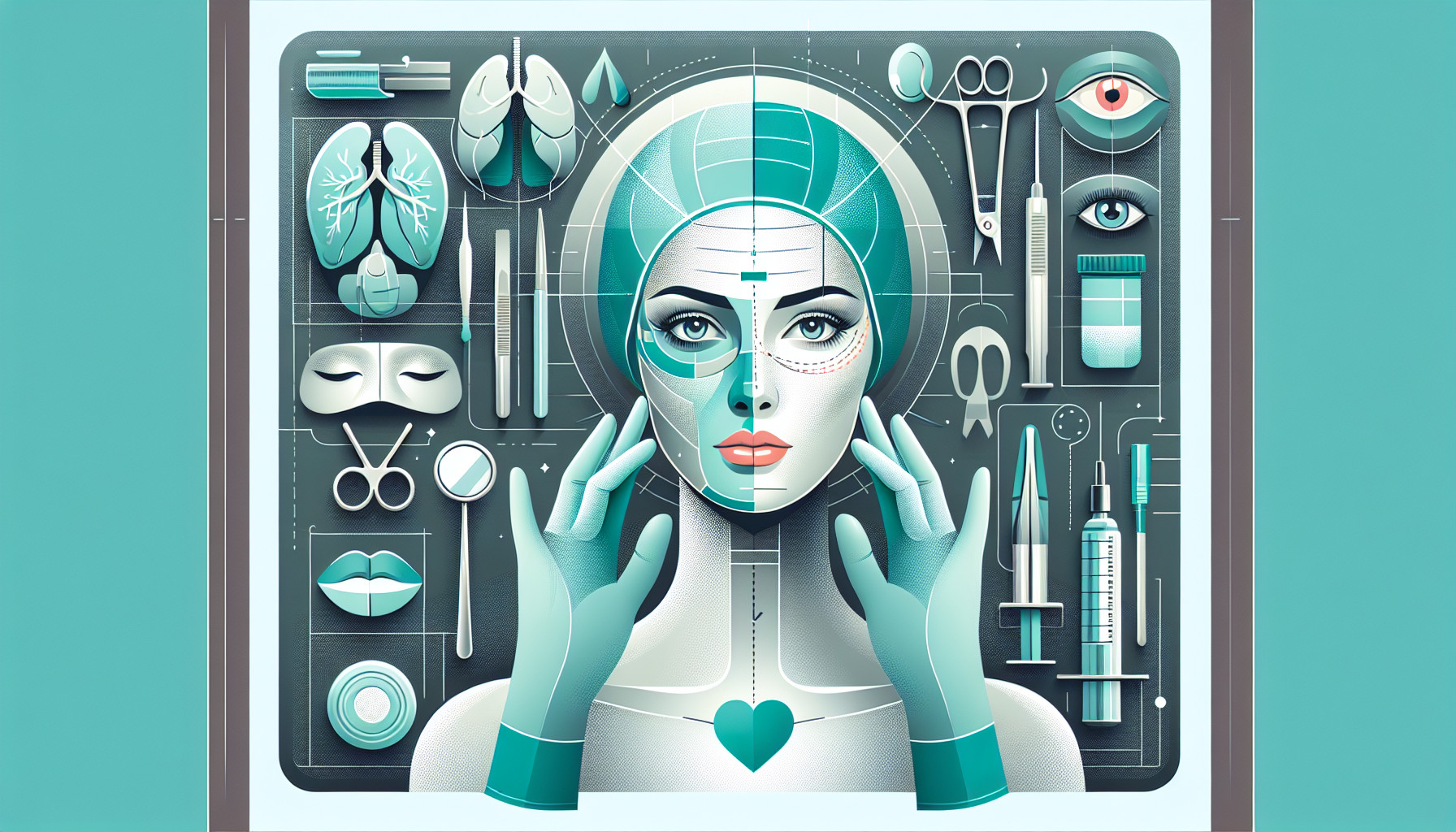Our Summary
This paper reviews how upper eyelid surgeries such as blepharoplasty (eyelid lift) and ptosis correction (fixing a droopy eyelid) can affect the way the eyes work and how well we see. The researchers looked at articles published after 2000 from PubMed and Google Scholar databases. They found that changes made to any part of the eye can affect the rest of the visual system. Eyelid surgery can change the way light enters the eye and how the eye focuses, which can affect things like eye pressure, the curve of the cornea (the clear front surface of the eye), the thickness of the cornea, the focusing power of the cornea, and calculations for lens implants. Eyelid surgery can also make dry eye symptoms worse and affect how well we can see differences in brightness, which is a big part of how well we see overall. Therefore, it’s important to understand these potential side effects before having eyelid surgery and during follow-up care. This paper reviews recent research on how upper eyelid surgery affects the properties of the cornea and vision. It emphasizes that these factors should be considered when planning or getting such a procedure.
FAQs
- How can eyelid surgery affect ocular properties and functions?
- How can blepharoplasty and ptosis correction impact intraocular pressure estimation, corneal curvature, and corneal epithelial thickness?
- What are the potential impacts of eyelid surgery on contrast sensitivity and dry eye symptoms?
Doctor’s Tip
One helpful tip a doctor might tell a patient about blepharoplasty is to ensure they have realistic expectations about the outcome of the surgery. It is important for patients to understand that while blepharoplasty can improve the appearance of the eyelids and make them look more youthful, it may not necessarily result in perfect symmetry or eliminate all signs of aging. Patients should also be aware that the recovery process can take time and they may experience temporary swelling, bruising, and discomfort. It is important to follow post-operative care instructions provided by the surgeon to ensure optimal results.
Suitable For
Patients who are typically recommended for blepharoplasty are those who have excess skin or fat in the upper eyelids that may be causing drooping or sagging eyelids, which can impact their appearance or vision. Additionally, patients with ptosis, a condition where the upper eyelid droops due to weakened muscles, may also be recommended for blepharoplasty or ptosis correction surgery. It is important for patients to undergo a thorough evaluation by an ophthalmologist or plastic surgeon to determine if they are good candidates for these procedures and to discuss the potential risks and benefits.
Timeline
Before blepharoplasty:
- Patient consults with a plastic surgeon to discuss goals and expectations for the procedure
- Pre-operative assessments and tests are conducted to ensure the patient is a suitable candidate for surgery
- Patient receives instructions on how to prepare for the surgery, including avoiding certain medications and fasting before the procedure
After blepharoplasty:
- Patient experiences swelling, bruising, and discomfort in the eyelid area immediately after surgery
- Patient is advised to rest and avoid strenuous activities for a few days following the procedure
- Follow-up appointments with the surgeon are scheduled to monitor healing and address any concerns or complications
- Over the following weeks and months, the swelling and bruising gradually subside, and the final results of the surgery become more apparent.
What to Ask Your Doctor
- What are the potential risks and complications associated with blepharoplasty?
- How long is the recovery period after blepharoplasty and what kind of post-operative care is required?
- Will blepharoplasty improve my vision or address any visual impairments I may have?
- Will blepharoplasty affect my ability to wear contact lenses or glasses?
- How long will the results of blepharoplasty last and are there any long-term effects to consider?
- Are there any alternative treatments or procedures that may be more suitable for my specific needs?
- What qualifications and experience do you have in performing blepharoplasty procedures?
- Can you provide before and after photos of previous blepharoplasty patients?
- How much will the procedure cost and will it be covered by insurance?
- What kind of follow-up care will be necessary after blepharoplasty?
Reference
Authors: Heidari M, Haydar AA, Rajabi MT, Rafizadeh SM. Journal: BMC Ophthalmol. 2023 Jun 6;23(1):253. doi: 10.1186/s12886-023-03010-3. PMID: 37280563
